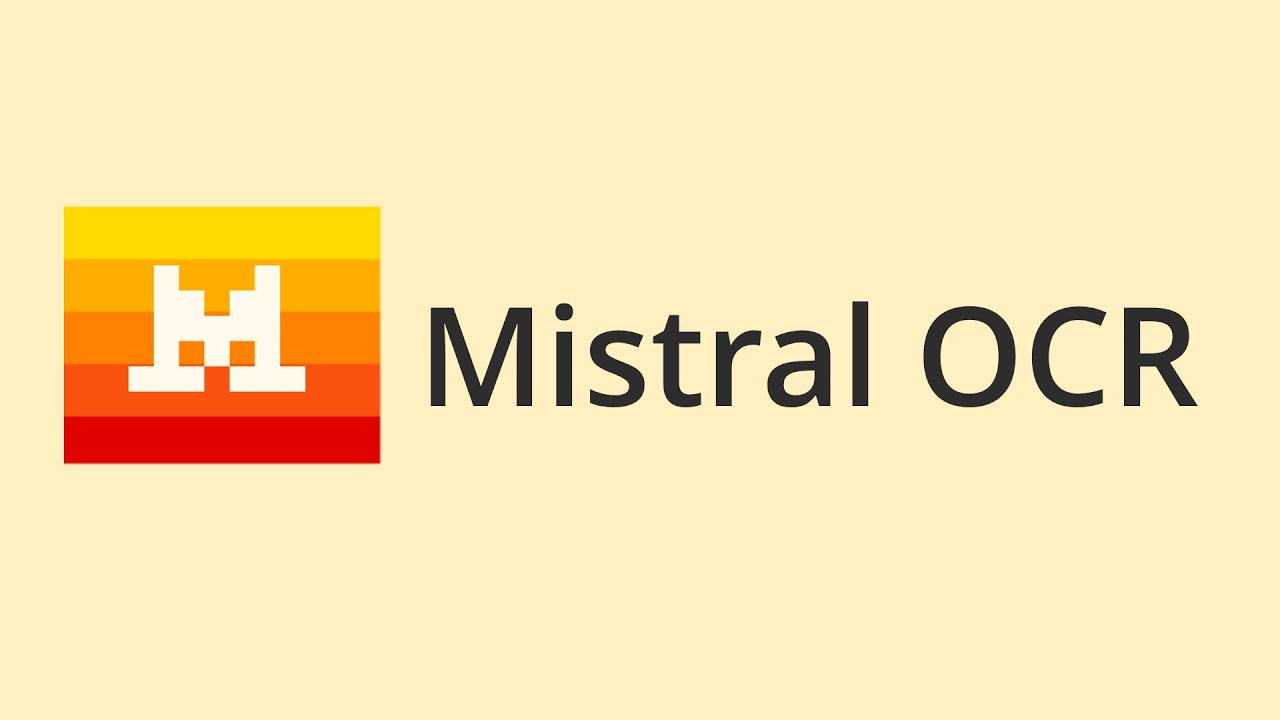The video introduces Mistral’s new OCR model, which offers multimodal and multilingual text extraction capabilities, allowing users to extract text, images, and tables in a structured format through an API. With a focus on handling complex documents and superior performance in multilingual scenarios, the model is designed for efficient integration into workflows, making it a valuable tool for developers and data scientists.
In the video, the presenter discusses the release of Mistral’s new OCR model, which is designed to handle both multimodal and multilingual text extraction. Unlike other recent OCR offerings, such as those from Om OCR and Gemini, Mistral’s model is not open-source and is available through an API. Users can also negotiate for an on-premises version if needed. The model is capable of extracting not only text but also images and tables, returning them in a structured format that can be easily utilized for further processing, such as in visual question answering or retrieval-augmented generation (RAG).
The presenter highlights the model’s capabilities, showcasing its ability to handle complex documents like research papers. For instance, when processing an academic paper, the OCR model can extract text while retaining images and converting tables into markdown format. This functionality allows users to maintain the integrity of the original document’s layout, making it easier to work with the extracted content. The API pricing is set at $1 per thousand pages, with batch processing available at a reduced rate, which could be beneficial for users needing to process large volumes of documents.
One of the standout features of Mistral’s OCR model is its multilingual support, which allows it to accurately process text in various languages, including Hindi and Arabic. The model has been benchmarked against competitors and has shown superior performance in multilingual scenarios, making it a strong choice for users with diverse language needs. The presenter emphasizes that the model can handle less-than-perfect text alignment, which is often a challenge in OCR tasks, further showcasing its robustness.
The video also delves into the practical aspects of using the API, demonstrating how to upload files for OCR processing and retrieve structured outputs. The presenter walks through code examples, illustrating how users can easily integrate the API into their workflows. The model’s ability to return structured JSON outputs allows for seamless integration with other applications, making it a versatile tool for developers and data scientists alike.
In conclusion, the presenter encourages viewers to explore Mistral’s OCR model for their text extraction needs, noting its value for money and the quality of the outputs. While the model is not open-source, its capabilities in retaining images and structured data make it a compelling option for users looking to extract information from documents efficiently. The video wraps up with a reminder that, as with any AI model, users should test it against their specific use cases to ensure it meets their requirements.
